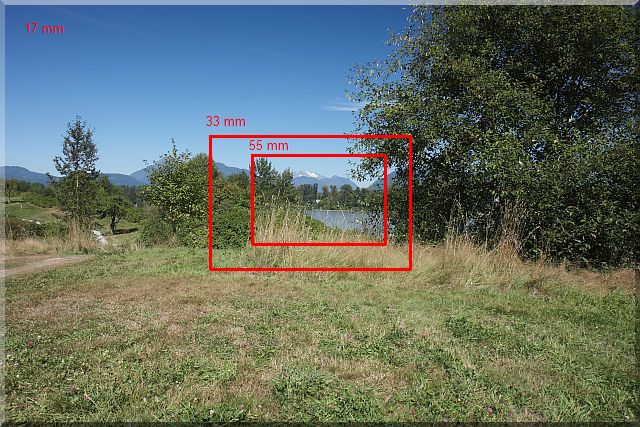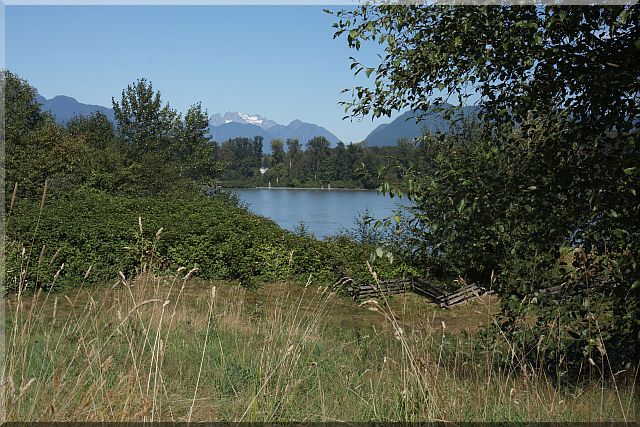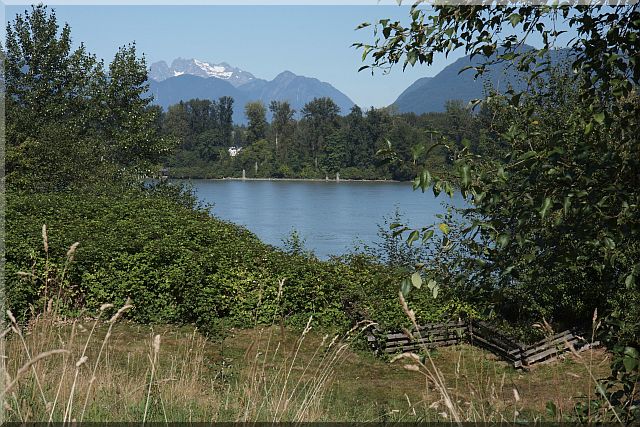One of the most important components of a digital camera is, obviously, the lens. Its qualities and features are paramount when it comes to camera’s ability to capture the images accurately while offering the photographer a wide range of creative possibilities. Way too often, the lenses are neglected by the marketers, especially in the case of the compact cameras targeted to the average consumer. However, the professional photographers and the enthusiastic amateurs know how critical a good lens can be.
In my previous posts we discussed the aperture in some detail and, subsequently, the depth of field as an application of the first. As we noticed, the aperture is a parameter specific to the lens mostly because its mechanics are integrated with it in virtually all modern cameras. The aperture is so important that it is marked visibly on the front of the lens together with the second most important parameter the focal length.
For example, in the picture below, the marking shows 1.8/50 meaning: the maximum aperture is F1.8 and the focal length is 50 mm. This represents a lens with a fixed focal length, also called prime lens. It is universally accepted to measure the focal length in millimeters and not in inches, and we will preserve this convention (reminder for transformation use the following conversion factor 1” = 25.4 mm).
In the case of a zoom lens (i.e. with variable focal length) the marking is similar but, in place of a single number representing the focal distance, a range is used. For example, if the marking shows 2.8/17-55 this means that the maximum aperture is F2.8, the minimum focal length is 17 mm and the maximum focal length is 55 mm. In some cases the aperture cannot be maintained constant for the full focal length range and will be marked as a range too. For example, 3.5-5.6/18-55 represents a zoom lens that has an aperture of F3.5 at 18 mm and an aperture of F5.6 at 55 mm.
Almost all consumer point-an-shot cameras come with zoom lenses. The most notable exceptions are either the extremely cheap cameras (or those integrated in other devices like cell phones), or the niche market cameras targeted to a certain category of photo enthusiasts. Even interchangeable lens cameras (e.g. most DSLR cameras) are widely used with zoom lenses and rarely with prime lenses.
The main reason for the popularity of zoom lenses is their versatility. The following example (remember my experiments in the park?) shows the flexibility of such a lens. The red rectangles indicate with approximation what the next captures will look like when changing the focal length to the indicated numbers.
We will see later what is the price we have to pay for this quality and why paying attention to the lens specification is so important.
In the mean time, enjoy the flexibility of your zoom camera if you own one. If not, don’t run to the store right now. More information to empower you in your choice is on the way. In two months from now you will know enough to take a better decision for your Christmas gift.
The next posts will examine the focal length and its effects on imaging in more detail. As always, stay tuned!




